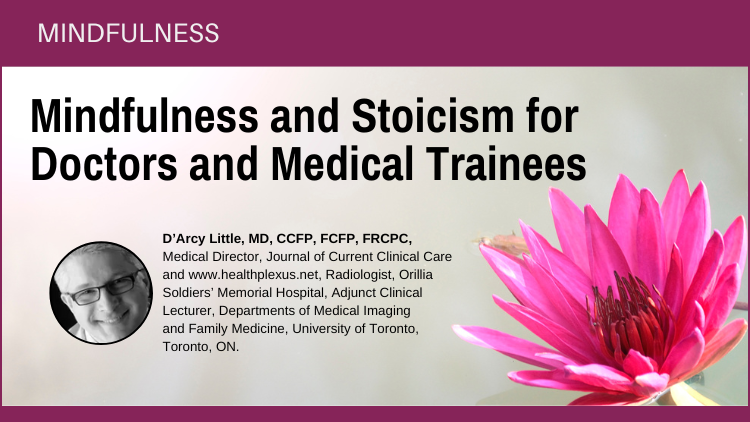Who could argue against prevention? It is clearly better not to become sick or disabled. In caring for older adults, there is still scope for preventive medicine, and the concept of delaying disease and/or disability in older adults is of great importance. In fact, modern medicine and public health advances have already resulted in a delay in the time of death: life expectancy has dramatically increased over the last 100 years. Perhaps of even more importance is the fact that age-related disability levels have also declined dramatically. Older adults are fitter and more capable at advanced ages than were prior cohorts of older people. However, as long as mortality remains with us, there is almost certainly going to be a period of decline and disability for some people. This concept of the ragged fringe is clearly articulated in Theodore Roszak’s book America the Wise: Longevity and the Culture of Compassion, published in 1998 by Houghton Mifflin Company. (Roszak, an historian, is perhaps better known for his earlier, youth-oriented, book The Making of a Counter Culture.) There will still be a need for caregivers for frail older adults for the foreseeable future.
Preventive services are usually provided on a large scale to many people; therefore, if the intervention is ineffective, there is the potential for great economic and even health-related harm. The article “Critical Appraisal of Articles on Preventive Health Care” by Dr. Christopher Patterson and Dr. John W. Feightner is particularly important so that we can uphold that important principle primum non nocere. One of the most cost-effective advances in medicine has been the use of vaccines. Our CME article this month is on the topic of “Vaccines for Older Adults” by Dr. Mazen Bader and Dr. Daniel Hinthorn. Even among frail institutionalized older adults, there is still scope for preventive services, as discussed in the article “A Study of Falls in Long-Term Care and the Role of Physicians in Multidisciplinary Evidence-Based Prevention” by Dr. Victoria Scott, Dr. Shanthi Johnson, Dr. J.F. Kozak, and Dr. Elaine Gallagher. Our cardiovascular column this month also has relevance to prevention. It is possible that improving environmental pollution can prevent or delay the symptoms of cardiac disease as discussed in the article “Smog Alert: Air Pollution and Heart Disease in Older Adults” by Dr. Bailus Walker Jr. and Dr. Charles Mouton.
As usual we have a collection of other articles on important geriatric topics. Dr. Michael Gordon and Kayi Li describe an innovative program in their article “POWER in Osteoporosis: Descriptive Review of a Multidisciplinary, Community-Based Prevention and Management Program.” As new dementia medications become available, it will become increasingly important for primary care physicians to diagnose dementia at an early stage. A new method to achieve this goal is reviewed in the article “Screening for Early Dementia in Primary Care” by Dr. Ellen Grober. Finally, I am thrilled to welcome an article by a new colleague of mine, Dr. M. Bachir Tazkarji, a family physician with a geriatric fellowship, whom we lured away from the United States. His article is titled “Abdominal Pain among Older Adults.”
Enjoy this month’s issue.
Barry Goldlist

